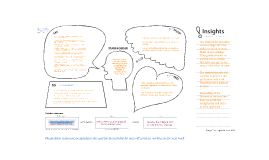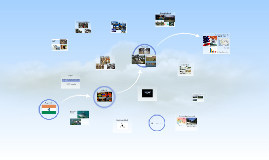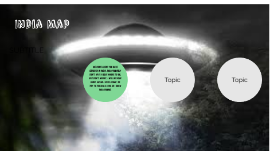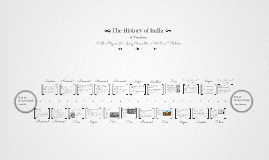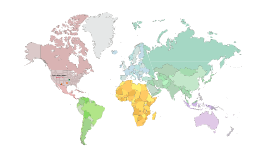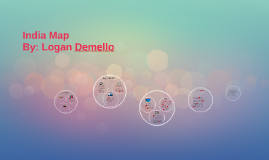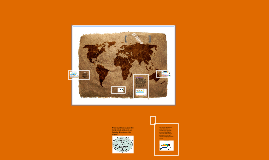India Map
Transcript: The Western Ghats or Sahyadri is a mountain range that runs parallel to the western coast of the Indian peninsula, located entirely in India. New Delhi The Eastern Ghats or Pūrva Ghaṭ, also known as Mahendra Parvatam, are a discontinuous range of mountains along India's eastern coast. The Indian Ocean is the third largest of the world's oceanic divisions, covering approximately 20% of the water on the Earth's surface. *People who come across this situation often would be glad to know that there are some beaches in the world that are long and wide enough for them to totally unwind and lose themselves. Below are listed the absolute longest beaches on the planet. Video *Interestingly, a number of Delhi's rulers played a dual role, first as destroyers and then as creators. Kolkata (formerly Calcutta) is the capital of India's West Bengal state. Founded as an East India Company trading post, it was India's capital under the British Raj from 1773-1911. *It's approximately 1,000 miles (1,600 km) wide, with an average depth near 8,500 feet (2,600 meters). The maximum depth is recorded at 15,400 feet (4,694 meters). Other *In Old Delhi, a neighborhood dating to the 1600s, stands the imposing Mughal-era Red Fort, a symbol of India, and the sprawling Jama Masjid mosque, whose courtyard accommodates 25,000. *The Bay of Bengal, the largest bay in the world, forms the northeastern part of the Indian Ocean. Roughly triangular, it is bordered mostly by India and Sri Lanka to the west, Bangladesh to the north. *Some beaches around the world have garnered fame for the world-renowned lengths of their extensive shorelines. May of the beaches we know of today are swamped by people over the weekends or on holidays, thereby making it impossible for beach-goers to completely enjoy themselves. Eastern Ghats Western Guahts This event occurs once per year, at the time of the Northern solstice, when the Northern Hemisphere is tilted toward the Sun to its maximum extent. As of 4 March 2016, it lies at 23°26′13.9″ (or 23.43719°) north of the Equator. *Delhi is a city that bridges two different worlds. Old Delhi, once the capital of Islamic India, is a labyrinth of narrow lanes lined with crumbling havelis and formidable mosques. In contrast, the imperial city of New Delhi created by the British Raj is composed of spacious, tree-lined avenues and imposing government buildings. Older than the Himalaya mountains, the mountain chain of the Western Ghats represents geomorphic features of immense importance with unique biophysical and ecological processes. Today it’s known for its grand colonial architecture, art galleries and cultural festivals. It’s also home to Mother House, headquarters of the Missionaries of Charity, founded by Mother Teresa, whose tomb is on site. Video Ghats, Rain shadow region [Credit: Arun Ganesh]two mountain ranges forming the eastern and western edges, respectively, of the Deccan plateau of peninsular India. The two ranges, run roughly parallel to the Bay of Bengal and Arabian Sea coasts, respectively, from which they are separated by strips of fairly level coastal land. In Hindi ghat means “river landing stairs” or “mountain pass” and has been extended in its Anglicized plural form (formerly ghauts) to include the mountains themselves. The site’s high montane forest ecosystems influence the Indian monsoon weather pattern. Moderating the tropical climate of the region, the site presents one of the best examples of the monsoon system on the planet. It also has an exceptionally high level of biological diversity and endemism and is recognized as one of the world’s eight ‘hottest hotspots’ of biological diversity. *Extending to reach around 150 miles in length, the longest beach in the world is the Praia do Cassino Beach in Brazil. Length aside, this beautiful beach is known for its white sand, welcoming locals, and warm temperatures as well. Although the temperature here remains on the border of hot for most of the year, there are plenty of water activities that beach-goers can enjoy to help them cool off. Of these, surfing happens to be the most popular of them all. *Mandarmani can be best reached by road, however local police currently restricts private cars to drive across the beach. A proper road has been built allowing tourists to reach their hotels from the backside. The nearest railway station is Contai and the nearest airport is Kolkata Its Southern Hemisphere counterpart, marking the most southerly position at which the Sun may appear directly overhead, is the Tropic of Capricorn. Other *Delhi has been the seat of power for several rulers and many empires for about a millennium. Many a times the city was built, destroyed and then rebuilt here. *The Bay of Bengal is a northern extension of the Indian Ocean, positioned between India and Sri Lanka in the west, Bangladesh to the north, and Myanmar (Burma) and the northern part of the Malay Peninsula to the east. The Indian Ocean’s average depth is 12,990 feet






